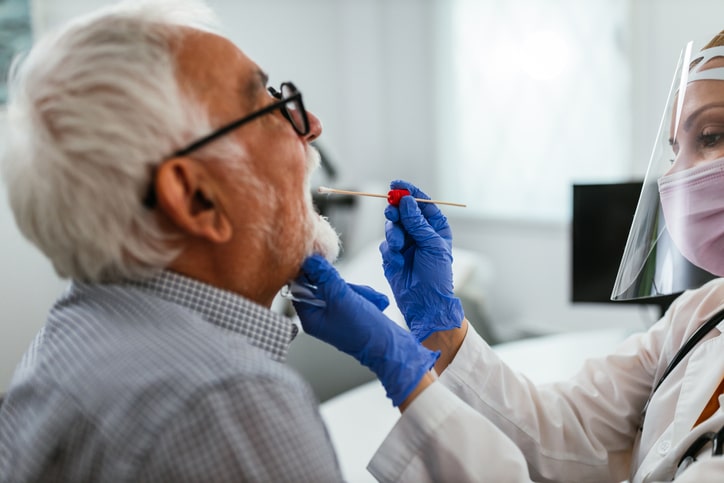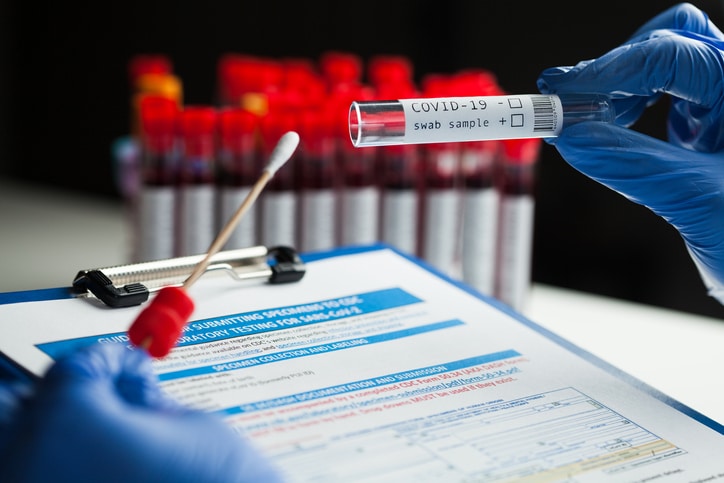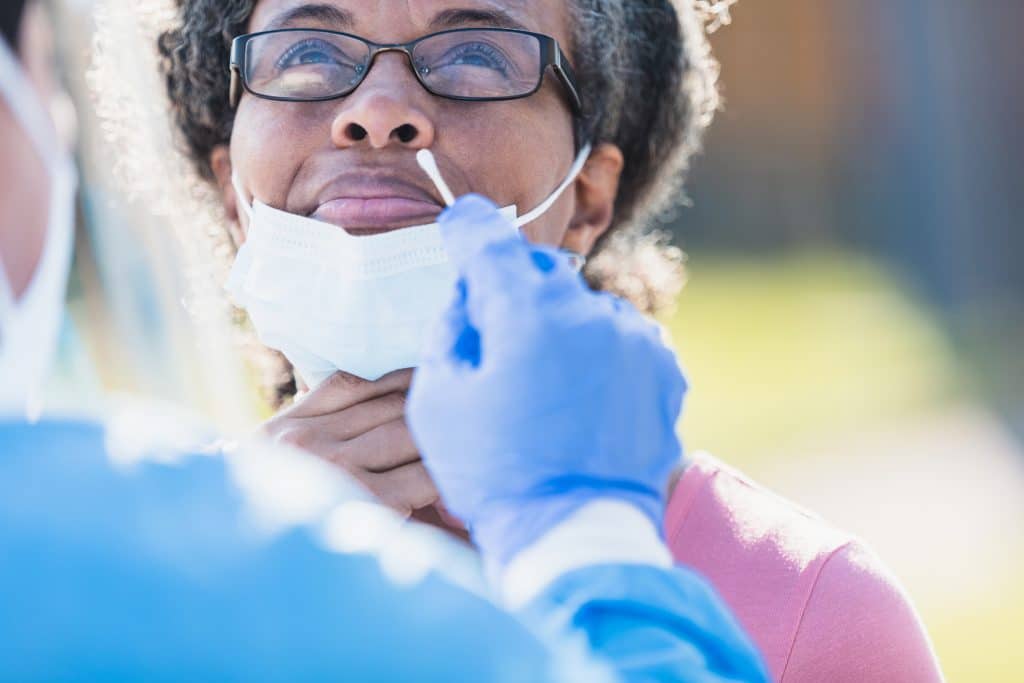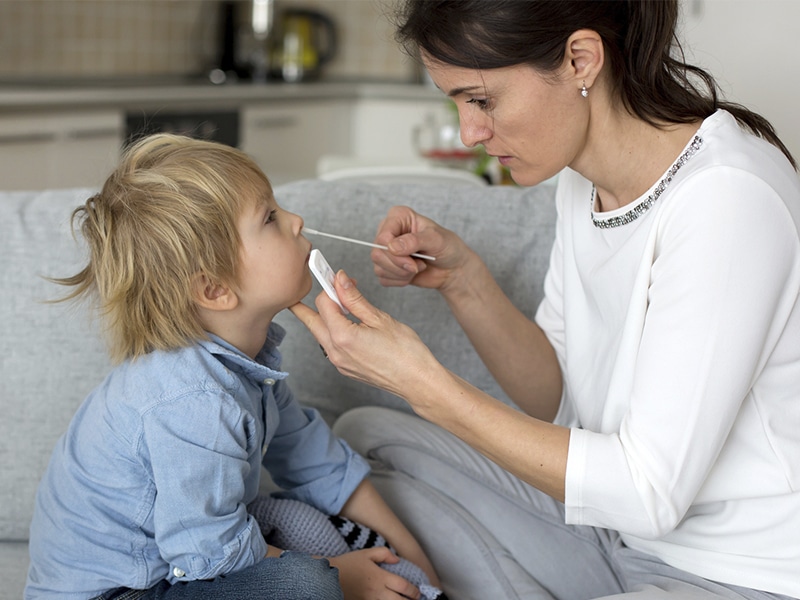The limitations of at-home tests are being exposed by the ultra-infectious Omicron variant.
Rapid COVID-19 tests are flying off the shelves of the corner convenience store as case counts soar and hospitalizations hit record highs. Even the government is trying to ease demand by offering four free tests to every U.S. household.
But for those lucky enough to find a testing kit when they need one, the results may not be as reliable as you’d like. In fact, the FDA went so far as warning in December that while many at-home tests can detect Omicron, they “may have reduced sensitivity.”
Blame it on the fact that the latest dominant variant is so much more contagious than previous strains, and it often shows up in our throats and saliva days before it reaches our noses.
“It takes less virus to infect someone with Omicron than it did with other variants,” says Karen Roush, MD, vice-chair of pathology for Methodist Health System. “Also, it’s unclear whether Omicron is best detected in nasal swabs, throat swabs, or saliva collections.”
That means a rapid test may fail to detect Omicron because our testing routines continue to change to keep pace with a rapidly evolving virus.

LEAVE THROAT SWABS TO THE PROS
Since early in the pandemic, COVID-19 testing was defined by a nasal swab stuck up the nose, sometimes uncomfortably deep into the sinus cavity.
Now when you visit the doctor, you may be more likely to be asked for a saliva sample or get a gag-inducing swab to the back of your throat, more like a rapid strep test. Just don’t try this at home, Dr. Roush warns, no matter what folks on social media may advise.
“The instructions that come with an at-home testing kit should be followed exactly,” she says. “Deviating from the method instructions could invalidate test results and may even lead to unintentional injury.”
Most rapid at-home tests are still the nasal swab variety, although some at-home PCR tests require you to submit a saliva sample.

PCR TESTS ARE STILL BEST
Best to leave throat swabs and saliva samples to the professionals, and remember that the “gold standard” for testing is still a PCR test. These lab-processed tests amplify any traces of the virus so they are more easily detected.
“Antigen testing, whether it’s an at-home kit or a rapid test performed in a doctor’s office, does not have an amplification step,” Dr. Roush says, “so the test simply determines if the virus is present or not.”
And if the virus is hiding out somewhere you didn’t swab, the test will return a negative result.
The best bet to be certain is to try, try again with a PCR test, or take a rapid test again in a day or two, especially if symptoms arise.
What hasn’t changed with Omicron is that infected patients are far more likely to test positive if they have already exhibited symptoms. If they aren’t feeling sick, false negatives remain a real possibility.
“There is a greater likelihood for a false negative very early on or late in the infection,” Dr. Roush says. “Most people do not know what phase of an infection they are in, and as such, trying to predict the most reliable place to test is near impossible.”

DON’T STOP TESTING
All of this uncertainty may lead you to question the value of COVID-19 testing, especially at-home kits. But testing remains one of the best tools at our disposal to stop the spread. At-home tests remain the most convenient and quick option for many of us. And speed may be of the essence for vulnerable patients at the greatest risk for severe infections.
It’s hard to overstate the importance of lab technicians and pathologists like Dr. Roush, who have worked around the clock to process countless nasal swabs and saliva specimens. Their work has been invaluable in flattening every curve in this pandemic.
Just know the limitations of testing. Don’t throw caution to the wind when you test negative after a close encounter with someone who’s sick. After all, considering how infectious Omicron is proving to be, it may be a false negative. And in the meantime, mask up and keep your distance from others who may be vulnerable.
“Taking those appropriate, and now very familiar, precautions after exposure will benefit you, as well as protect your family, friends, and colleagues,” Dr. Roush says.

